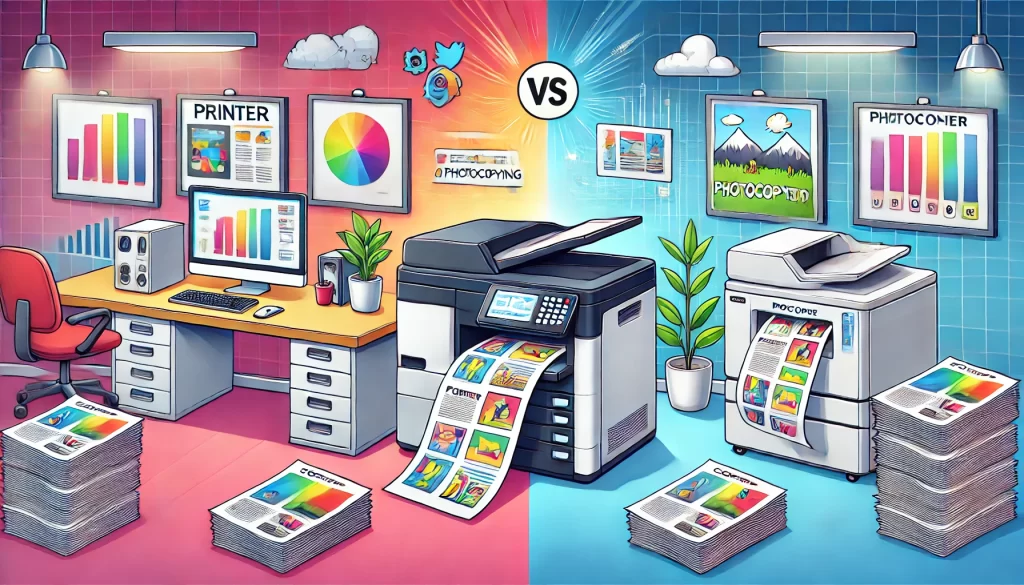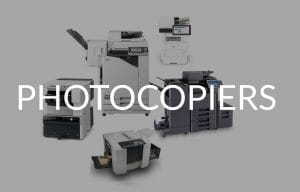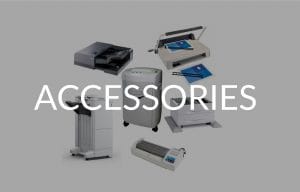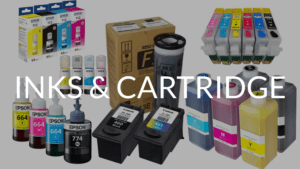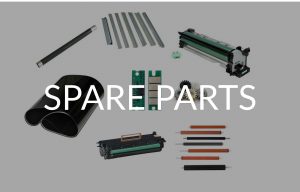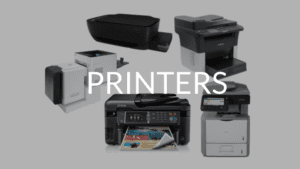Introduction
In the world of office equipment, printing and photocopying are often used interchangeably, but they are distinct processes with unique applications. Understanding these differences can help you select the right service for your needs, whether you’re creating new materials or duplicating existing ones.
What is Printing?
Printing is the process of producing text, images, or graphics from a digital file onto a physical medium like paper. It uses advanced techniques such as inkjet or laser technology to ensure high-quality, sharp, and precise results. Printing is ideal for:
- Reports and presentations
- Marketing materials like brochures or business cards
- Custom designs with unique fonts and graphics
What is Photocopying?
Photocopying involves creating duplicates of an existing physical document using a photocopier. The process uses light and electrostatic charge to replicate the content. Photocopying is best suited for:
- Duplicating forms or contracts
- Copying handouts for meetings
- Producing multiple copies of original documents quickly

Key Differences Between Printing and Photocopying
Reproduction Method:
- Printing creates content from a digital file.
- Photocopying reproduces a physical document.
Originality:
- Printing generates original content.
- Photocopying duplicates existing documents.
Output Quality:
- Printing delivers sharper text and vibrant colors.
- Photocopying may result in slightly reduced quality with successive copies.
Cost Efficiency:
- Printing is cost-effective for small, high-quality jobs.
- Photocopying is more economical for large volumes.
Customization:
- Printing allows for creative flexibility with fonts, layouts, and colors.
- Photocopying replicates the document as is.

Why Choose CTP-Kenya for Printing and Photocopying?
CTP-Kenya provides affordable, high-quality printing and photocopying services tailored to meet diverse needs:
- State-of-the-Art Equipment: Ensuring precision and professional results.
- Transparent Pricing: Use our instant quote tools for accurate pricing estimates.
- Experienced Team: Dedicated to delivering excellent customer service.
- Convenient Location: Serving Nairobi with fast, reliable services.
- Reliable Printing Services in Kenya: Why CTP-Kenya is Your Best Bet
- Document Scanning Services: Cost Per Page. Nairobi, Kenya
- Printing Papers In Kenya: Wholesale & Retail
- Top-rated Photocopying Services in Kenya: Why Choose CTP-Kenya?
- High-Volume Scanning Services: A Smarter Way to Manage Your Physical Documents
- High-Volume Scanning Services in Kenya: Streamlining Your Business Processes
- Printing and scanning services for students in Kenya: Discover Convenience & Reliability
- Document Lamination Services Near Me
- High Volume Photocopying Services in Kenya: Meeting the Needs of Businesses and Organizations
- Legal & Confidential Document Photocopying Services: Nairobi, Kenya
